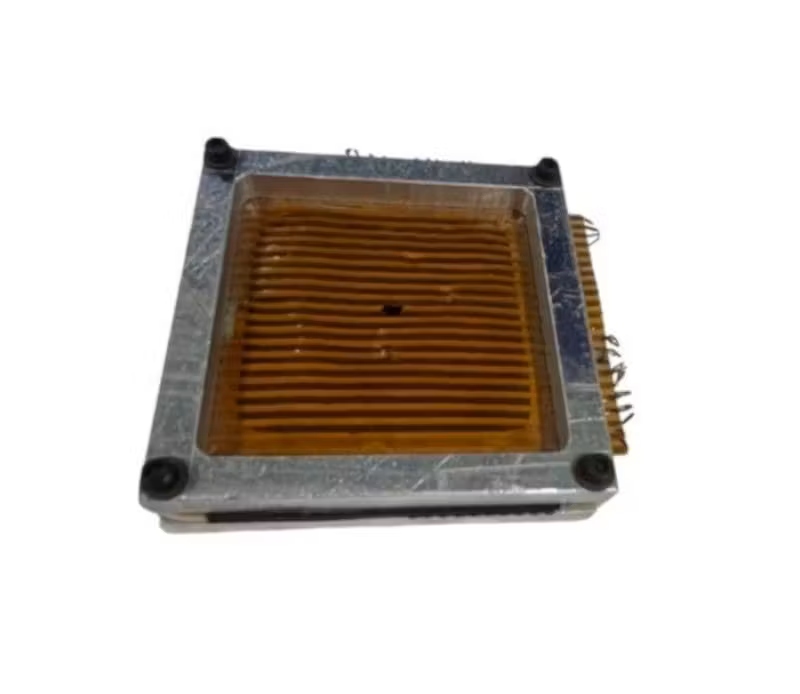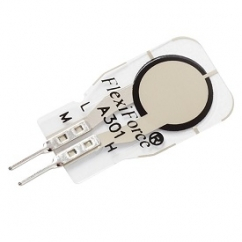Shaping the Future of Tactile Sensing: A Decade of Acceleration Ahead
 Original Prototype Thin Film Flexible SensorTekscan has been at the forefront of tactile sensing since the beginning — and now, the technology is entering one of its most pivotal moments.
Original Prototype Thin Film Flexible SensorTekscan has been at the forefront of tactile sensing since the beginning — and now, the technology is entering one of its most pivotal moments.
In the first article of a new four-part series published by Electronic Design News, “The Next Decade of Tactile Sensing: Evolution and Trajectory of Tactile Sensing,” Tekscan explores how a breakthrough thin-film sensor prototype created at Massachusetts Institute of Technology more than 40 years ago laid the foundation for today’s rapidly expanding tactile sensing landscape.
Engineering Origins: From MIT Prototype to Real-World Impact
 Modern Thin Film Flexible Sensor
Modern Thin Film Flexible Sensor
Modern tactile sensing traces back to 1983, when Tekscan founder and CTO Rob Podoloff and his fellow small team of MIT engineering students developed one of the first flexible pressure sensor arrays.
This thin, conformable technology made it possible to measure force and pressure over a surface area — enabling applications that simply were not practical before. Over the following decades, Tekscan has carried that same innovative spirit forward, advancing both the technology as well as its applications in the field.
Why This Moment Matters, and How the Next Decade will be Different
The article highlights how multiple factors are now converging to accelerate growth in tactile sensing:
- Faster Innovation – Advancements in sensor design, materials science, and system integration are enabling new use cases in robotics, wearables, quality control, and more.
- Manufacturing Breakthroughs – Improved printed electronics and higher-volume production methods are making it easier and more cost-effective to scale up.
- Market Readiness – With lower costs and broader accessibility, adoption is expected to ramp up quickly over the next decade.
Beyond Touchscreens
While touchscreens still represent the majority of tactile applications today, the landscape is evolving. Tactile sensors are already used in thousands of R&D and embedded applications worldwide, and capabilities are expanding beyond force and pressure to include surface slippage and temperature to name a few. The market is estimated at over $30 billion annually, and new applications areas are emerging quickly.
Read the Full Article on Electronic Design News
A Strategic Move that Reflects the Trend
This pivotal moment is already shaping Tekscan’s path forward. The company recently announced its intent to be acquired by Uneo Inc., a leader in printed flexible sensors. This strategic move underscores the forces discussed in the article: manufacturing scale-up, global reach, and expanding adoption across industries.
By combining Tekscan’s proven sensing technology with Uneo’s global manufacturing capabilities, the company is positioning itself to meet the growing demand for tactile sensing solutions in the decade ahead.
